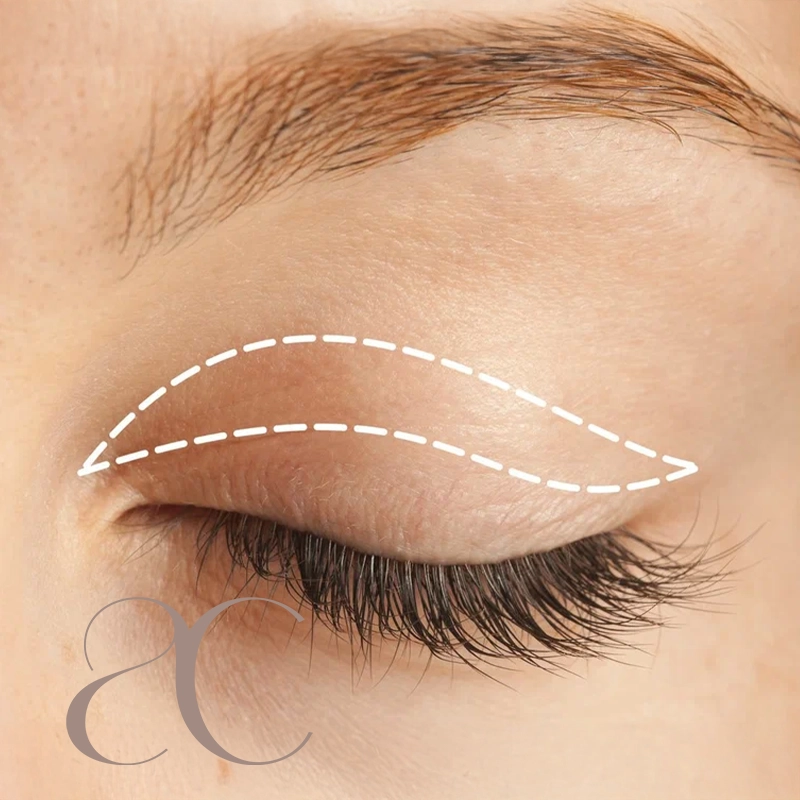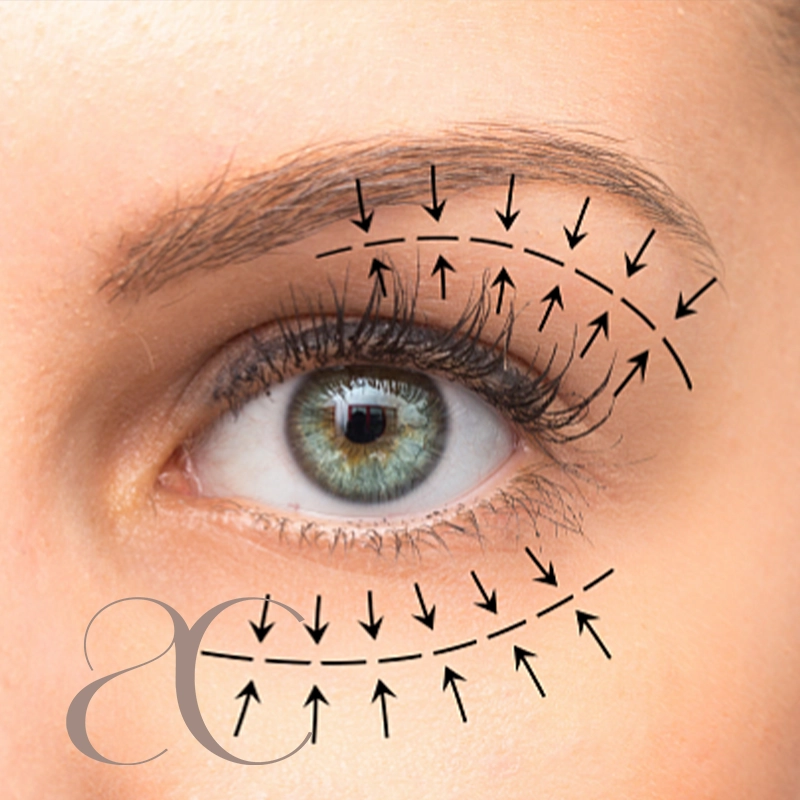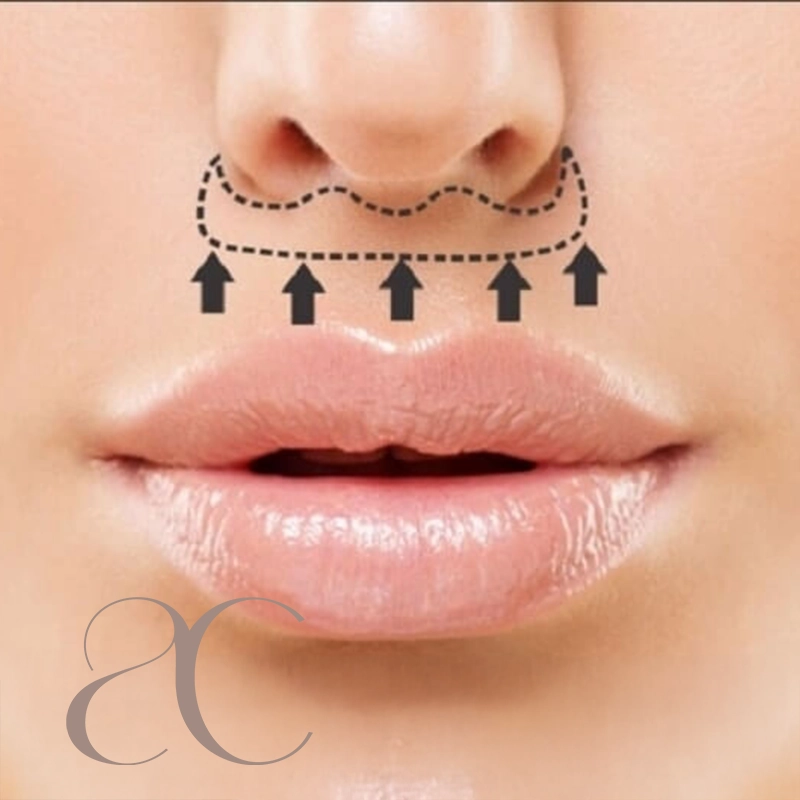
Lower Facelift

Lower Facelift Turkey is popular for its cosmetic advantages. It reduces wrinkles and dishevelled pores and skin. The surgery gives a younger, natural appearance that lasts years. A professional healthcare professional eliminates fat, tightens muscle tissues, and adjusts the skin. This makes the face smoother and younger-searching. It’s a excellent choice for those wanting a refreshed look.
What is the Lower Facelift Procedure?
The decrease facelift manner, that is pretty favored today, is a classy surgical operation manner that normally targets the signs of ageing within the decrease part of the face and neck region. With this procedure, sagging and wrinkles at the jaw line, lower cheeks and neck vicinity are regulated quickly and efficiently. With this method, that’s commonly desired to eliminate pores and skin sagging and wrinkles that occur with signs and symptoms of getting old, the lower part of the face gains a greater taut and youthful appearance. However, the maximum essential factor to recall is that this manner ought to be carried out by means of professional surgeons. Otherwise, unwanted consequences can also arise inside the decrease facelift system.
Which Areas Does Lower Facelift Target?
Lower facelift manner commonly goals the jawline, neck and lower cheek area. The aim of this manner is to correct the signs and symptoms of getting older on this region. In this, the brow skin is lifted and stretched to reduce skin sagging and wrinkles in the neck place. In addition, jawline is lifted to sharpen the jawline and stretching methods are completed to remove extra skin inside the cheek place.
With those procedures, it is aimed to gain a younger and more dynamic appearance in the lower part of the face. Thus, decrease facelift can normally be mixed with different facelift strategies or carried out alone. This is a cultured procedure that the surgeon comes to a decision in keeping with the desires and needs of the patient.
What are the Incision Types Used in Lower Face Lift Procedure?
In a lower facelift procedure, the type of incision used plays a crucial role in the overall outcome and the visibility of scars. The most common incision type is the traditional pre-auricular incision, which is made in front of the ear, wrapping around the earlobe and into the hairline behind the ear. This allows the surgeon to access the deeper layers of skin, muscle, and fat, tightening them for a more youthful appearance while minimizing visible scarring. The pre-auricular incision is often preferred due to its ability to hide any scars along natural facial contours.
Another incision type used in lower facelift surgeries is the submental incision, located beneath the chin. This incision is typically used in combination with the pre-auricular incision for patients seeking improvement in both the neck and jawline. The submental incision provides access to the deeper tissues under the chin, enabling the surgeon to remove excess fat or tighten muscles in the neck area. This approach ensures that the facelift provides a comprehensive rejuvenation of the lower face, including the neck, for a smooth and harmonious result. Both incisions are carefully placed to minimize post-surgical visibility, ensuring patients experience a natural, rejuvenated look.
Preauricular Incision (Preauricular Incision)
The preauricular incision is one of the most commonly used incisions in a lower facelift. It is placed in front of the ear, following the natural contour of the ear, which helps minimize visible scarring. This incision allows the surgeon to access the deeper layers of the face, including the skin, muscles, and fat. By making the incision in such a strategic location, the surgeon can lift and tighten the skin and underlying tissues, providing a smooth, youthful appearance. The preauricular incision is particularly beneficial for patients who need rejuvenation around the jawline and lower cheeks, ensuring a discreet and natural-looking result.
Behind the Ear Incision (Postauricular Incision)
The postauricular incision, or behind the ear incision, is typically used in conjunction with the preauricular incision for a more extensive lower facelift. This incision is made behind the ear, in the natural crease of the ear, and often extends into the hairline. It provides access to the neck and upper jawline area, allowing the surgeon to tighten the skin and muscles for a more youthful appearance. The postauricular incision is ideal for patients who are also looking to improve the contour of the neck in addition to the face. It is discreet and typically leaves minimal visible scarring when properly placed and healed, providing a balanced, natural result.
Submental Incision (Submental Incision)
The submental incision, located beneath the chin, is another common incision used in lower facelift procedures. This incision is often combined with the preauricular and postauricular incisions for comprehensive rejuvenation of the lower face and neck. It allows access to the deeper tissues of the neck, enabling the surgeon to remove excess fat, tighten muscles, and address any sagging. The submental incision is particularly effective for individuals with loose skin or fat deposits in the neck area, providing a smoother and more defined jawline. While it is placed in a less noticeable location, it offers essential access for creating a more balanced and youthful appearance.
What are the Advantages of Lower Facelift Operation?
A lower facelift offers several significant advantages, particularly for individuals looking to address signs of aging in the lower portion of the face. One of the primary benefits is its ability to restore a more youthful appearance by tightening sagging skin, reducing jowls, and enhancing the contour of the jawline. By targeting the lower face and neck areas, the procedure can dramatically improve facial symmetry, creating a smoother, firmer look that is both natural and rejuvenated. The effects of a lower facelift can last for many years, helping patients feel more confident and rejuvenated without the need for constant touch-ups or procedures.
Additionally, a lower facelift can significantly enhance the overall appearance of the neck, providing a smoother, more defined neckline. This is particularly beneficial for patients who may have developed excess skin or fat in the neck area, often a telltale sign of aging. The procedure also has a relatively quick recovery time compared to other facelifts, with most patients able to return to their normal activities within a few weeks. With minimal scarring when performed by an experienced surgeon, the results of a lower facelift are discreet, providing an effective solution to address aging in the lower face and neck while maintaining a natural, refreshed look.
Provides a Young and Fresh Look:
A lower facelift offers a noticeable transformation by addressing sagging skin, jowls, and deep lines, restoring a more youthful and refreshed appearance. This procedure focuses on rejuvenating the lower part of the face, delivering a smooth, firm, and lifted look that lasts, turning back the clock on visible signs of aging.
Helps to Clarify the Jawline:
One of the most sought-after benefits of a lower facelift is its ability to enhance the jawline. The procedure removes excess skin and tightens the tissues, providing a more defined, sharp jawline and a smoother transition from the face to the neck. This clarification of the jawline can dramatically improve facial symmetry and balance.
Tightening of the Neck Area:
In addition to tightening the face, a lower facelift can improve the neck area by reducing excess skin, fat, and wrinkles. This helps create a more youthful, contoured neck, often restoring the smooth, firm appearance that many associate with younger individuals. A well-sculpted neck adds to the overall harmony of the face.
Natural Appearance:
When performed by a skilled surgeon, a lower facelift provides results that look natural and not overly “tight.” The procedure focuses on restoring facial volume and structure, ensuring that the patient looks refreshed rather than drastically altered. With careful attention to detail, the results can be subtle yet impactful, enhancing one’s natural beauty.
Long Lasting Results:
The benefits of a lower facelift can last many years, providing long-term rejuvenation to the lower face and neck. With proper aftercare, the tightened skin and lifted tissues can continue to hold their position for an extended period, offering patients a lasting solution to facial aging without the need for frequent touch-ups.
Combination Possibilities:
A lower facelift can be easily combined with other procedures, such as neck lifts, chin liposuction, or eyelid surgery, to address multiple areas of concern in one session. Combining procedures allows patients to achieve comprehensive facial rejuvenation, enhancing results and reducing recovery time.
Short Recovery Time:
Unlike more extensive facelifts, the recovery time for a lower facelift is relatively short. Most patients experience mild swelling and bruising, which subsides within a few weeks. By following post-operative care instructions, patients can resume their normal activities quickly, making it a convenient option for those with busy lifestyles.
Increased Self-Confidence:
The aesthetic improvements from a lower facelift often lead to enhanced self-esteem. Patients often report feeling more confident in their appearance, both in social and professional settings. This renewed sense of self-confidence can have a positive impact on various aspects of life, boosting overall well-being.
Who is the Ideal Lower Facelift Candidate?
The ideal candidate for a lower facelift is typically someone who is experiencing visible signs of aging in the lower face and neck, such as sagging skin, jowls, and deep creases around the chin and jawline. Generally, patients between the ages of 40 and 60 see the most dramatic results, though individuals both older and younger may also benefit. Ideal candidates should be in good overall health, with realistic expectations for the outcome of the surgery. They should not have any severe medical conditions that could interfere with the healing process, such as blood clotting disorders or active infections.
In addition to physical health, the ideal candidate should be mentally prepared for the procedure and recovery process. They should have a clear understanding of the potential risks and benefits, as well as the expected recovery timeline. People who are looking for a natural-looking, long-lasting improvement to their lower face and neck are often the best fit for this surgery. Those with a strong desire to rejuvenate their appearance without looking “overdone” will benefit from the subtle, yet effective, results that a lower facelift provides.
Why Turkey for Lower Facelift Procedures?
Turkey has become a leading destination for lower facelift procedures due to its highly skilled surgeons, advanced medical technologies, and competitive pricing. Turkish surgeons are renowned for their expertise in aesthetic surgery, particularly in facial procedures, and many of them have received international training. Clinics in Turkey adhere to high standards of care and employ the latest techniques to ensure patients achieve the best possible results. This combination of skill, experience, and advanced techniques has made Turkey a hub for medical tourism, attracting patients from around the world.
In addition to the high-quality care, Turkey offers lower facelift procedures at a fraction of the cost compared to other countries, making it an affordable option for those seeking cosmetic enhancements. The price difference does not reflect a compromise in quality, as many Turkish clinics provide all-inclusive packages that cover the cost of surgery, anesthesia, post-operative care, and even accommodation. This makes it an attractive choice for individuals who want to combine a rejuvenating procedure with an affordable medical tourism experience. Moreover, Turkey’s rich cultural heritage and beautiful landscapes provide a perfect opportunity for patients to relax and recover in a scenic, enjoyable setting.
How to Choose the Best Lower Facelift Surgeon in Turkey?
Choosing the right lower facelift surgeon in Turkey is crucial to achieving the best results and ensuring your safety during the procedure. The first step is to thoroughly research the surgeon’s qualifications and experience. Look for a surgeon who is board-certified and has specialized expertise in facial aesthetic surgery, particularly lower facelifts. Surgeons with years of experience performing this type of procedure are more likely to deliver consistent, high-quality results. It’s also important to review patient testimonials and before-and-after photos to gauge the surgeon’s success rate and aesthetic style. Many reputable surgeons have online portfolios or can provide patient referrals to ensure transparency and trust.
Additionally, the clinic’s reputation plays a key role in your decision. Choose a clinic that meets international standards for hygiene and patient care, and one that utilizes advanced medical technologies. Ensure the facility is accredited by recognized health organizations, which guarantees it follows strict safety protocols. A good surgeon will also offer a comprehensive consultation, where they discuss the procedure, possible risks, and the expected outcomes. Clear communication, transparency about pricing, and personalized care are all signs of a trustworthy surgeon. Don’t hesitate to ask questions, and ensure you feel confident and comfortable with both the surgeon and the clinic before making a final decision.
Lower Facelift Cost in Turkey
The cost of a lower facelift in Turkey is significantly more affordable compared to many Western countries, making it a popular destination for medical tourists seeking high-quality cosmetic procedures at a lower price. On average, the cost of a lower facelift in Turkey ranges from $3,000 to $6,000, depending on various factors such as the surgeon’s experience, the clinic’s location, and the complexity of the procedure. This price typically includes the surgeon’s fee, anesthesia, medical tests, post-operative care, and sometimes even accommodation and transportation for international patients.
It’s important to remember that while Turkey offers competitive pricing, the key to a successful lower facelift lies in the surgeon’s expertise and the quality of the clinic. As such, patients should avoid choosing a surgeon solely based on price. Instead, prioritize surgeons with a proven track record in facial aesthetic surgery and clinics that meet international medical standards. Doing so ensures that the cost savings do not compromise the safety or the results of your procedure.
Lower Facelift FAQS
What is a Lower Facelift?
A lower facelift is a cosmetic surgical procedure designed to address signs of aging in the lower third of the face, including sagging skin around the jawline, jowls, and neck. The procedure lifts and tightens the skin and underlying tissues, providing a more youthful and defined appearance. It is typically performed to rejuvenate the lower face without affecting the upper facial features.
How Long Does a Lower Facelift Procedure Take?
The lower facelift surgery usually takes between 2 to 4 hours, depending on the complexity of the procedure and the technique used by the surgeon. In some cases, the procedure may be combined with other treatments, such as a neck lift or liposuction, which can extend the surgery time.
Is the Lower Facelift Surgery Painful?
While some discomfort and swelling are expected after the procedure, a lower facelift is typically performed under general anesthesia or local anesthesia with sedation, so patients do not experience pain during the surgery. Afterward, your surgeon will provide pain management options to minimize any post-operative discomfort.
What is the Recovery Time for a Lower Facelift?
Most patients can return to their normal activities within 1-2 weeks after a lower facelift, though full recovery may take 4-6 weeks. Swelling and bruising are common in the first few days, but these usually subside within 2 weeks. It’s important to follow post-operative instructions and avoid strenuous activities to ensure optimal healing.
How Long Do the Results of a Lower Facelift Last?
The results of a lower facelift can last between 7 to 10 years, depending on factors such as the patient’s age, lifestyle, and skin quality. While the natural aging process will continue, many patients find that their lower face looks significantly younger and more lifted for years after the surgery.









